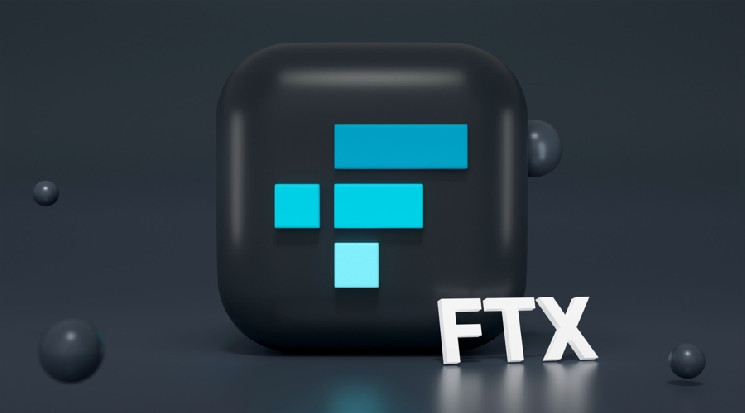A group of creditors of the now-collapsed FTX has moved to court, objecting to the crypto exchange’s bankruptcy reorganization plan, which would pay the unsecured creditors the entirety of their claims, if not more.
A group led by Sunil Kavuri, one of FTX’s vocal creditors, filed the objection yesterday (Thursday) in the US bankruptcy court. They reject the reorganization plan on several grounds, including the assertion that it does not serve the best interests of the creditors.
The objection further highlighted that the plan ignores property rights issues. Furthermore, it pointed out that, as the settlement with the creditors would be done in cash, it would trigger a taxable event.
Creditors additionally objected to the release of the funds to the creditors, which is the FTX estate. They claimed that it was a way of distributing the stolen funds. Other objections include ambiguous terms of service, inconsistency in debtors’ liquidation analysis, and failure to disclose adversary proceedings. The creditors also want the inclusion of an examiner report and an updated disclosure statement of IRS statements.
CAHC has filed a objection to the FTX Plan
1) Plan is unconfirmable as a matter of law
2) Includes releases not in interest of the estate
3) Ignores property rights issue
4) Does not satisfy the best interest test pic.twitter.com/rpXxz0tmP2— Sunil (FTX Creditor Champion) (@sunil_trades) June 6, 2024
FTX’s Repayment Plan
The formal objections came a month after FTX announced its plans to repay the creditors. Under the proposed plan, the collapsed exchange would repay up to 118 percent of the claims to the creditors with $50,000 or less in claims, which is about 98 percent of the creditors. All settlements would be made in cash.
Under the plan, all non-governmental creditors will also receive their claims in full, along with a 9 percent interest calculated from the date of the bankruptcy filing. According to the exchange, this will fulfil “the time value of their investments.”
However, the Kavuri-led group of FTX creditors soon called the repayment plan “insulting.”
FTX filed for bankruptcy in November 2022 with an $8 billion deficit. Although the exchange’s condition looked grim when it filed for Chapter 11 protection, the bankruptcy administrators found a stash of digital currency holdings and other assets, gathering a substantial amount for repayment to the creditors.
Further, when the exchange went bankrupt, Bitcoin was trading at about $16,000, but it recently peaked at above $72,000. In January 2024, the FTX creditors also brought the demand of repayment at the current market price rather than the lower price during the bankruptcy filing.







Leave a Reply